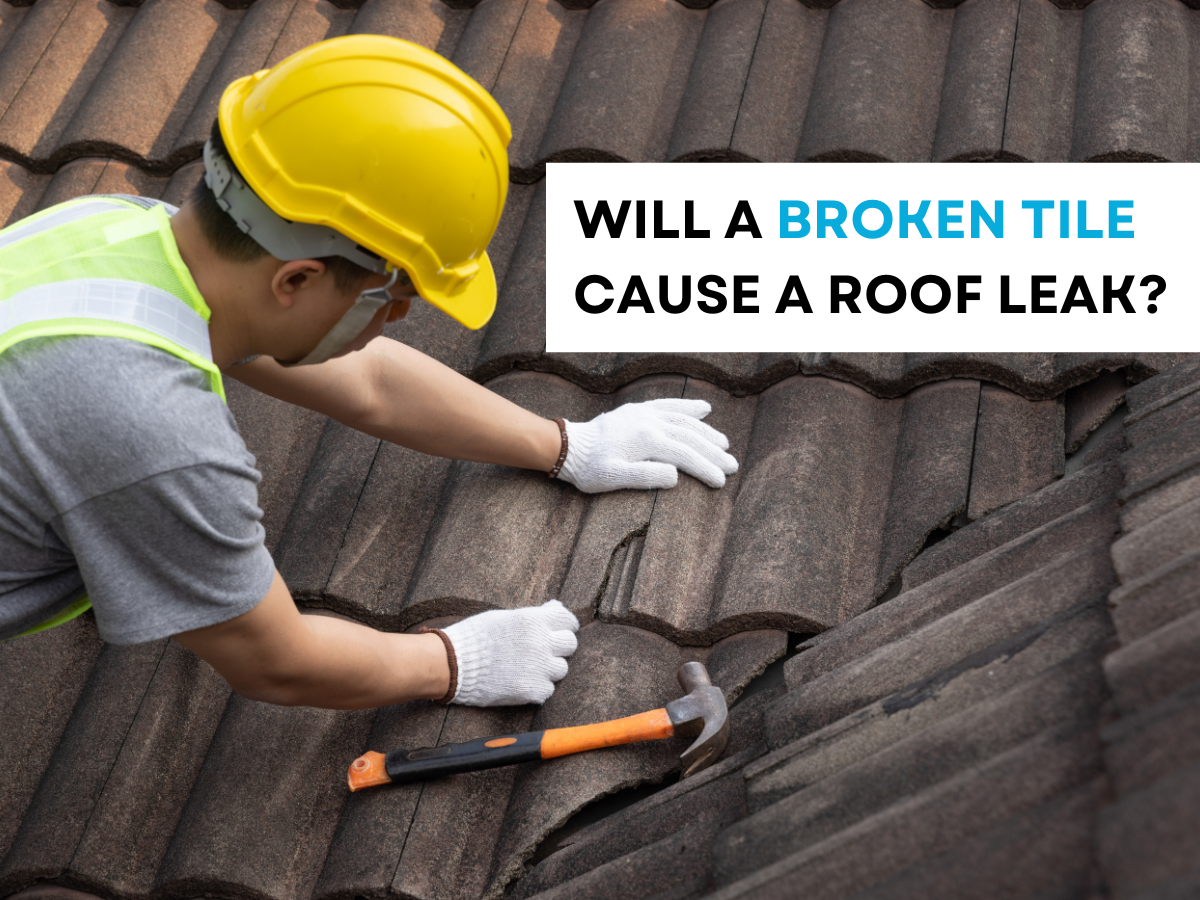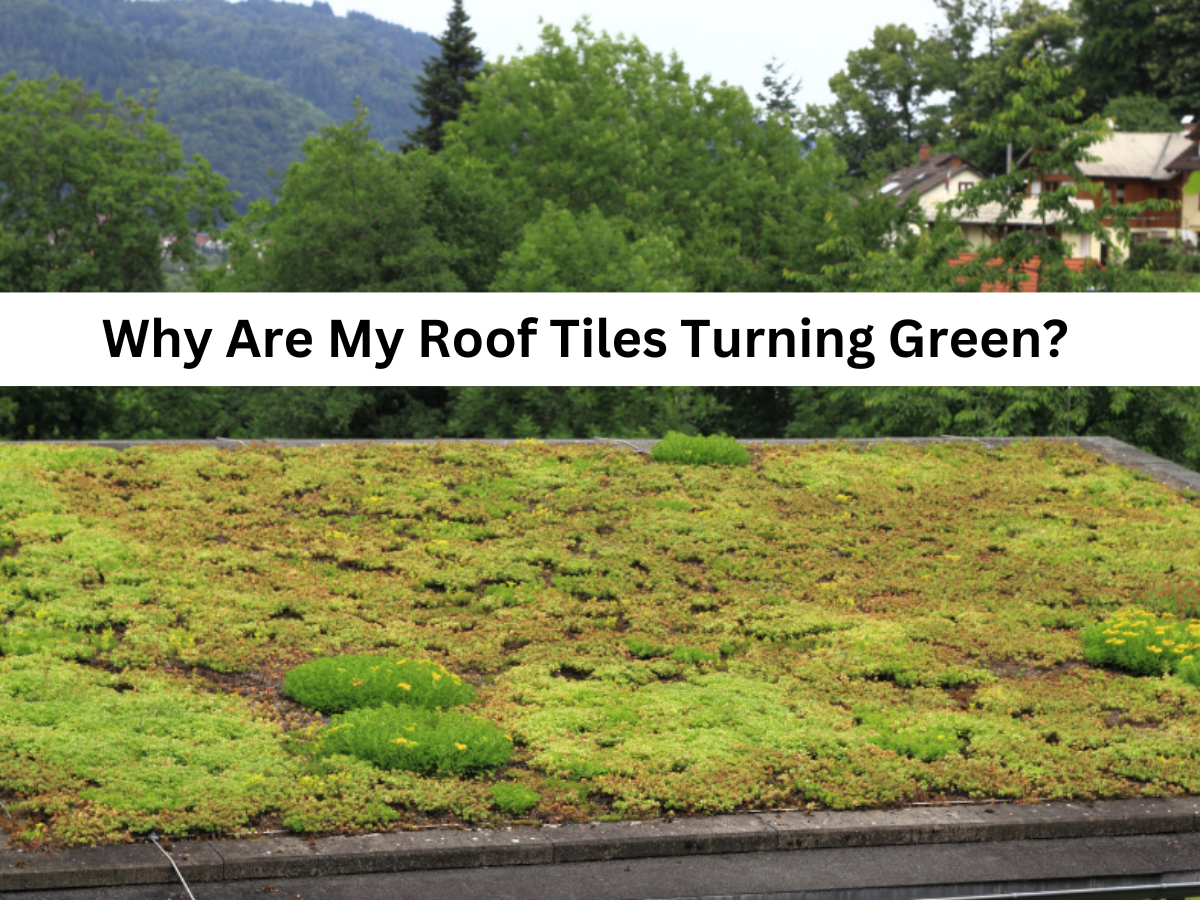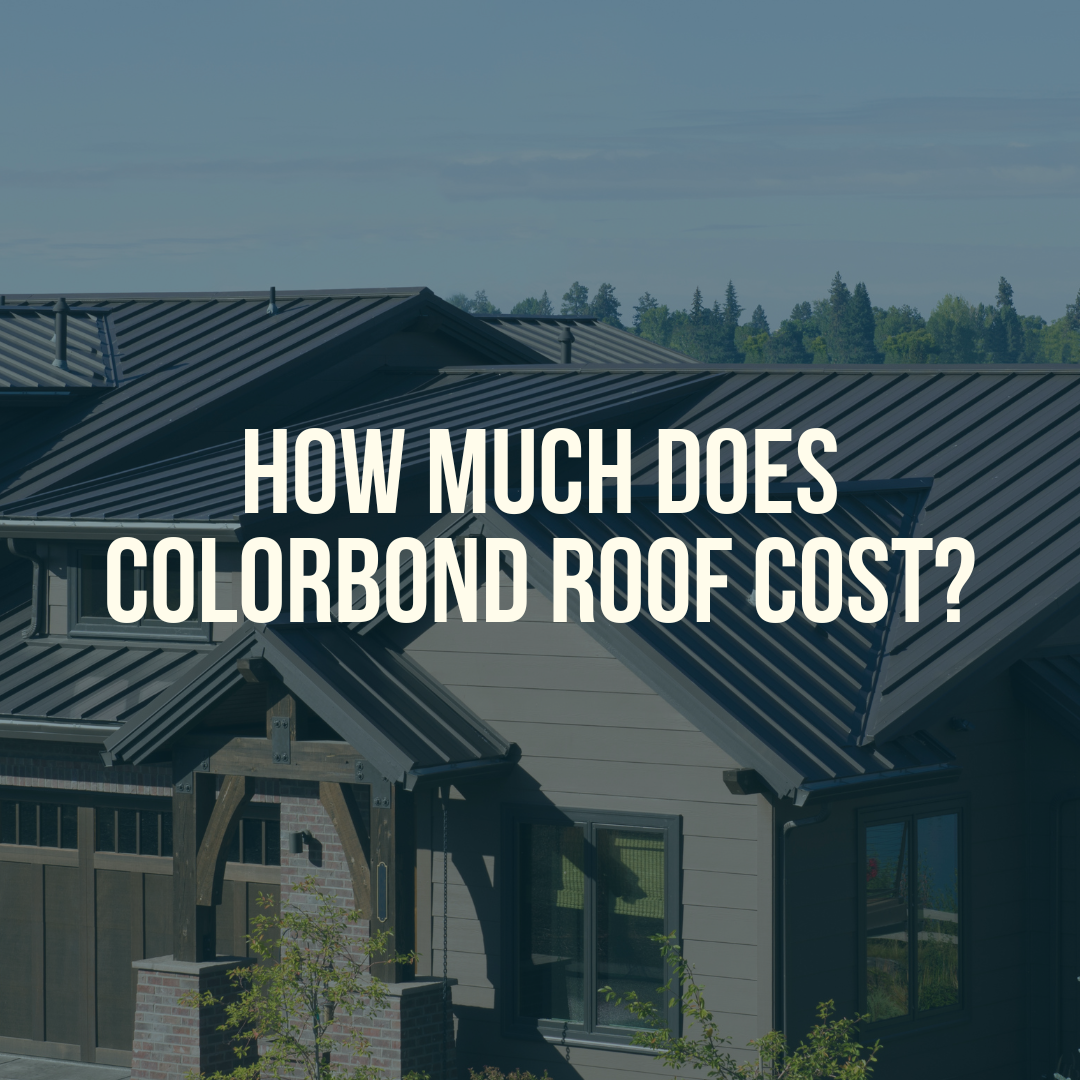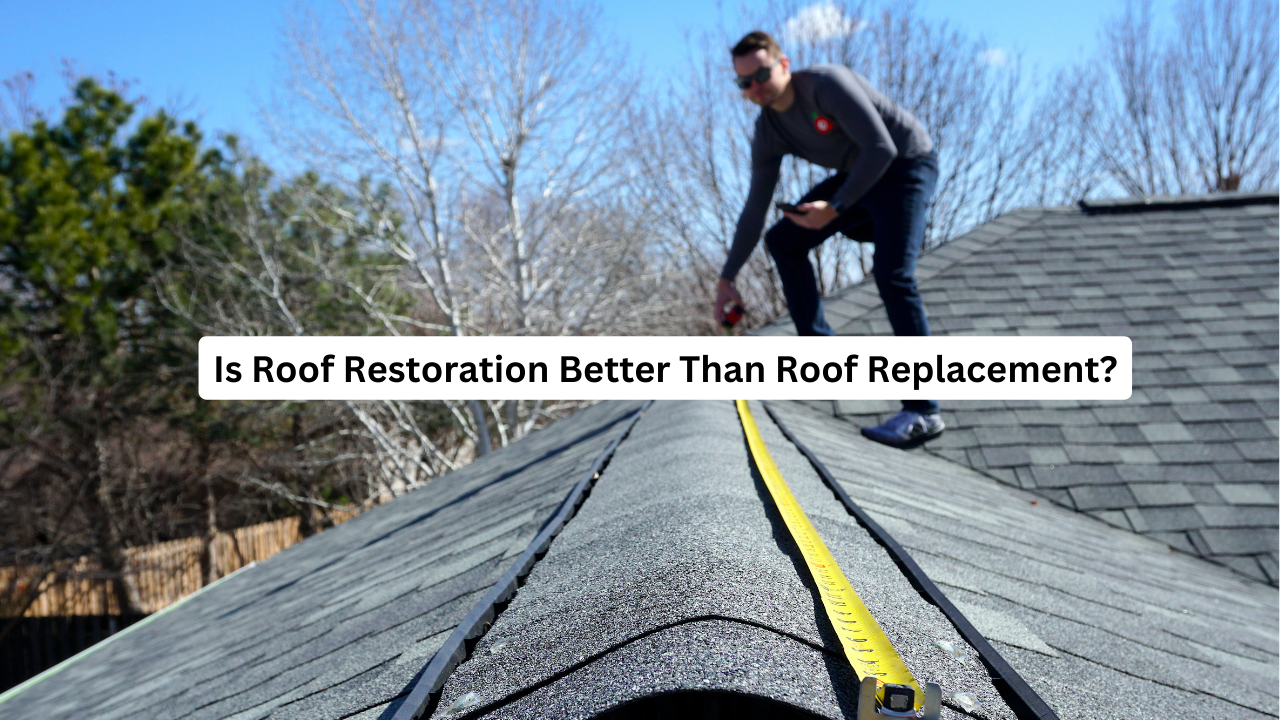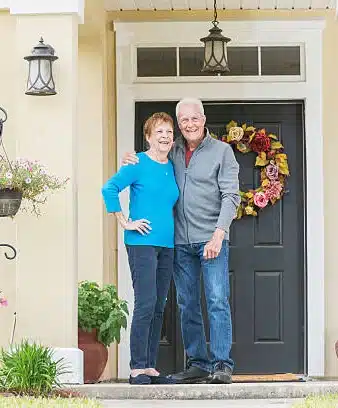
To receive your discount please fill in your details below.
It warms our hearts to see our valued HEROES being taken care off.





Roof Insulation in Australia should cost you around $10,000 – $22,000. But keep in mind that the cost can vary depending on several crucial factors;
Are you ready to unlock the secrets to a more comfortable and energy-efficient home in Australia?
If you’re wondering, “How much does it cost to insulate a roof in Australia?” – you’re in the right place.
In this comprehensive guide, we’re going to break down the costs, materials, and factors that can influence your roof insulation investment. So, let’s dive in!
See also: How Much Does It Cost To Paint A Roof In Australia?
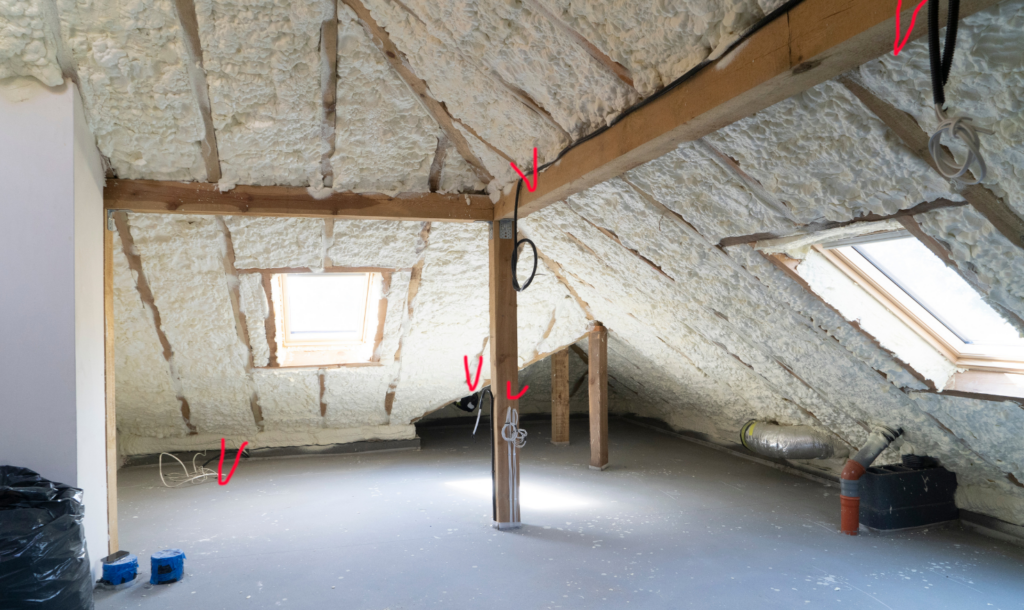
The two most common and wallet-friendly choices are glass wool and polyester batts.
When it comes to insulating your roof in Australia, you’ve got a variety of options to choose from, each with its own price tag. Let’s break down the estimates for different types of roof insulation and labor costs:
Price Estimate: Reflective foil is the budget-friendly choice, costing around $100 for a roll covering 60 meters by 1350 millimeters. It acts as a barrier by reflecting heat or cold away from your home, making it an excellent choice for insulating a Colorbond shed.
Price Estimate: Glass wool insulation, made from recycled glass bottles, is cost-effective but can be fibrous and potentially hazardous. For approximately 120 square meters, you can expect to pay around $800 for fiberglass or $1,200 for loose-fill. Safety precautions, like masks, goggles, and gloves, are essential when handling it.
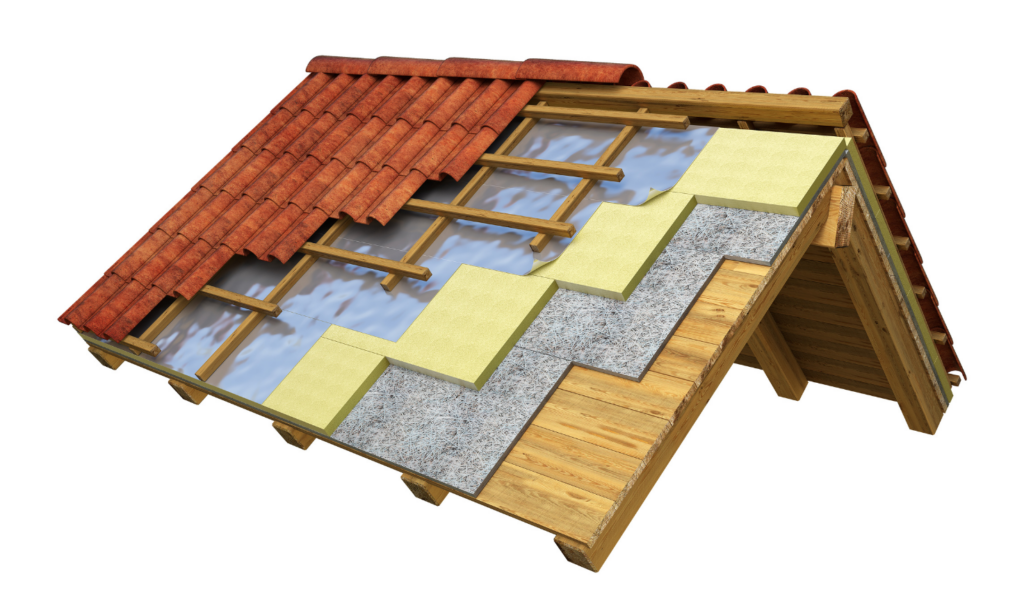
Price Estimate: Opting for natural sheep’s wool insulation, you’ll spend about $1,600 for 120 square meters. It’s an eco-friendly choice, though it comes at a slightly higher price point.
Price Estimate: Earth wool, a more eco-friendly alternative to glass wool, costs around $85 to $100 for a roll covering 20 square meters with a low R-value. It’s easier to handle and safer for installers.
Price Estimate: Polyester insulation, crafted from recycled plastic and non-flammable, offers comfort without the itch associated with glass wool. It’s suitable for asthma sufferers and those allergic to dust, but it comes at a higher cost compared to fiberglass with the same R-value.
Price Estimate: Rockwool, made from volcanic rock and highly fire-resistant, is a premium choice. It’s more expensive than fiberglass but offers exceptional insulation properties.
Price Estimate: Spray foam insulation, applied in place, comes at an average cost of $1,500 to $3,000 for roof insulation. While the initial investment is higher, it’s a cost-effective long-term solution. It keeps your home cooler in summer and warmer in winter, reducing the need for excessive air conditioning and heating.
See also: How Much Does Colorbond Roof Cost? (A Deep Dive)
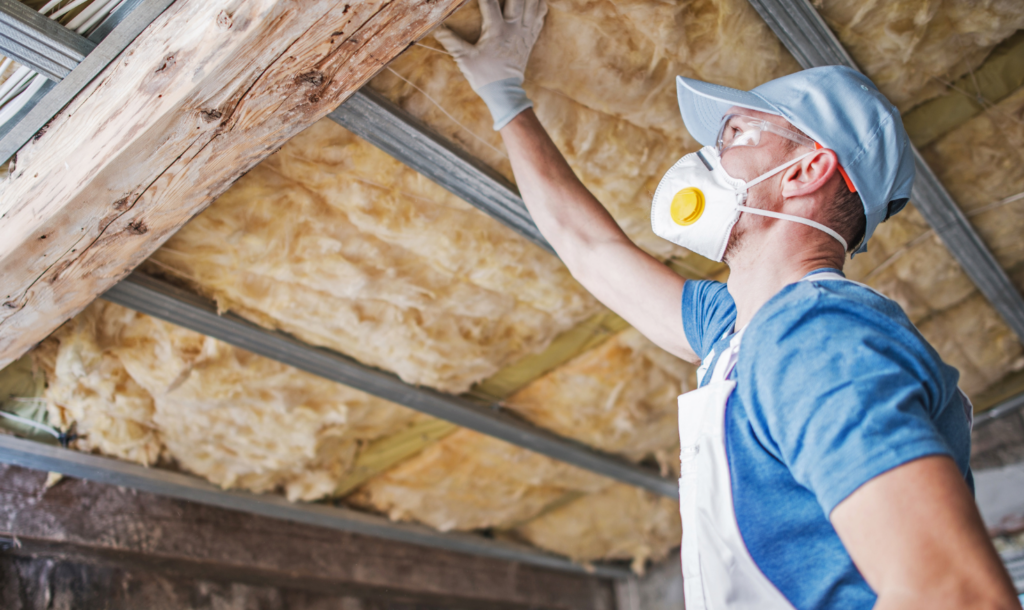
Now, let’s talk about the real deal – installation.
Depending on the complexity of your project, be prepared to spend between $50 to $70 per square metre for expert installation.
That’s the magic touch that transforms those materials into snug, energy-saving insulation.
To give you a ballpark figure, let’s say you’re insulating a standard 100-square-meter roof with good ol’ bulk fiberglass.
You can expect to invest around $1,200 to $1,300.
However, if you’re all about efficiency and want reflective insulation, covering 60 square metres will set you back a mere $115. It’s a small price to pay for cooler summers and cozier winters.
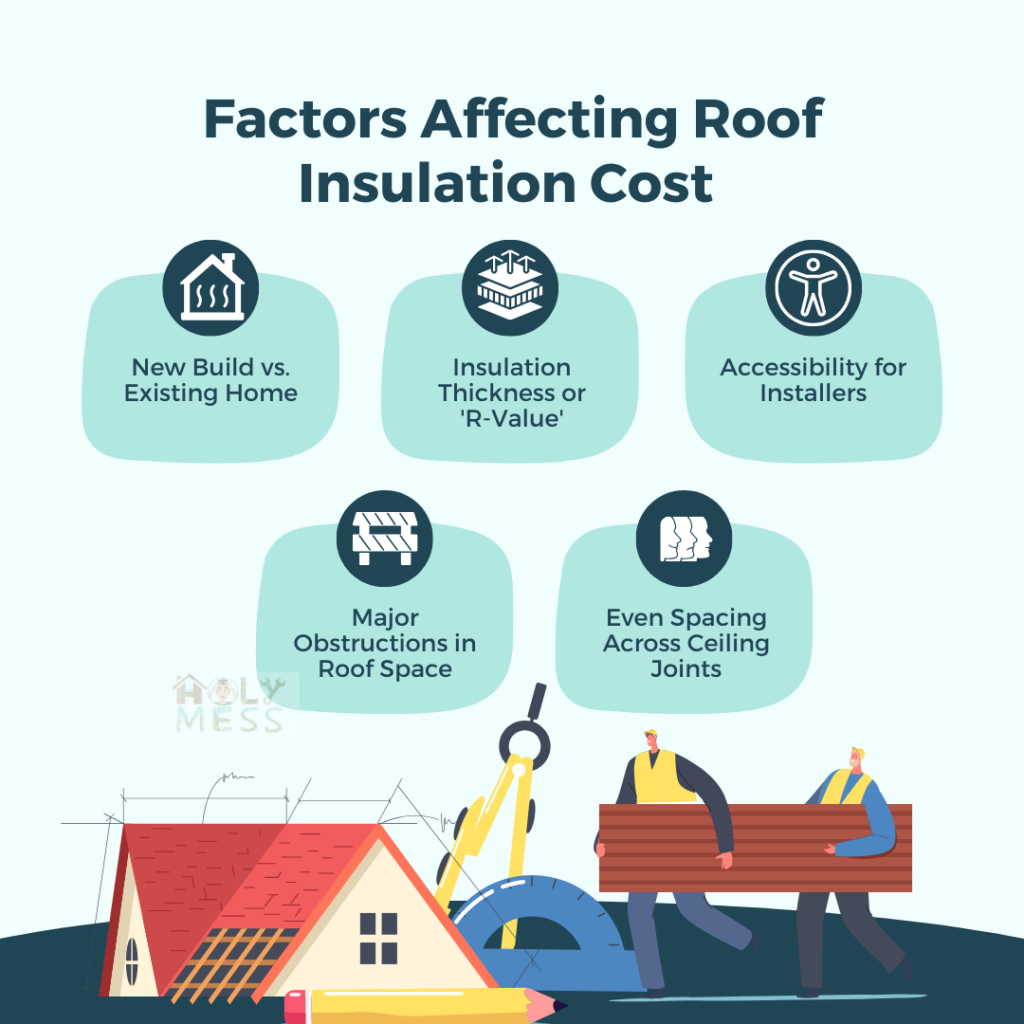
When it comes to calculating the cost of roof insulation in Australia, several factors come into play. These factors can significantly impact the overall expense of your insulation project:
The ease of access to your roof space plays a significant role in determining installation costs. Factors to consider include:
It’s essential to work closely with your roofing and insulation professionals to assess these factors thoroughly. By considering these variables and planning accordingly, you can make informed decisions to ensure the most efficient and cost-effective insulation solution for your home.
Remember that proper insulation is an investment in energy efficiency and comfort, potentially leading to long-term savings on heating and cooling costs.
Hiring a roof insulation installer is a crucial step in ensuring your home is comfortable and energy-efficient. Here are some steps to follow when hiring an installer, along with tips on how to save money:
Roof insulation offers a multitude of advantages that can significantly enhance the comfort, energy efficiency, and overall well-being of your home. Here are some key benefits:
1. Energy Efficiency: Roof insulation acts as a barrier, effectively reducing heat transfer. This translates to lower heating bills in the winter and reduced cooling costs during hot summer months. By keeping your home’s temperature more stable, insulation helps you maintain a comfortable living environment year-round.
2. Energy Savings: With less heat escaping in the winter and less heat infiltrating in the summer, insulation helps your heating and cooling systems work more efficiently. This translates to energy savings and a lower environmental impact. You’ll see the benefits both in reduced utility bills and a smaller carbon footprint.
3. Reduced Carbon Footprint: Insulation plays a role in reducing carbon dioxide (CO2) emissions by decreasing the energy needed to maintain a comfortable indoor temperature. By minimizing the use of heating and cooling systems, insulation contributes to environmental sustainability and helps combat air pollution.
4. Improved Air Quality: Proper insulation creates an air gap that allows moisture to escape, reducing the risk of mold growth and structural damage. This not only safeguards your home’s integrity but also promotes better indoor air quality. A well-ventilated and dry environment is essential for your health and well-being.
5. Roof Protection: Insulation acts as a protective shield for your roof, extending its lifespan by reducing the impact of temperature extremes, moisture, and weather conditions. It helps prevent premature wear and damage, saving you money on roof repairs or replacements over time.
In conclusion, the cost of insulating your roof in Australia varies depending on the type of insulation material you choose and labor expenses. It’s essential to consider factors such as safety, eco-friendliness, and long-term energy savings when deciding on the right insulation for your home. Make an informed choice and invest in a more comfortable and energy-efficient living space.
